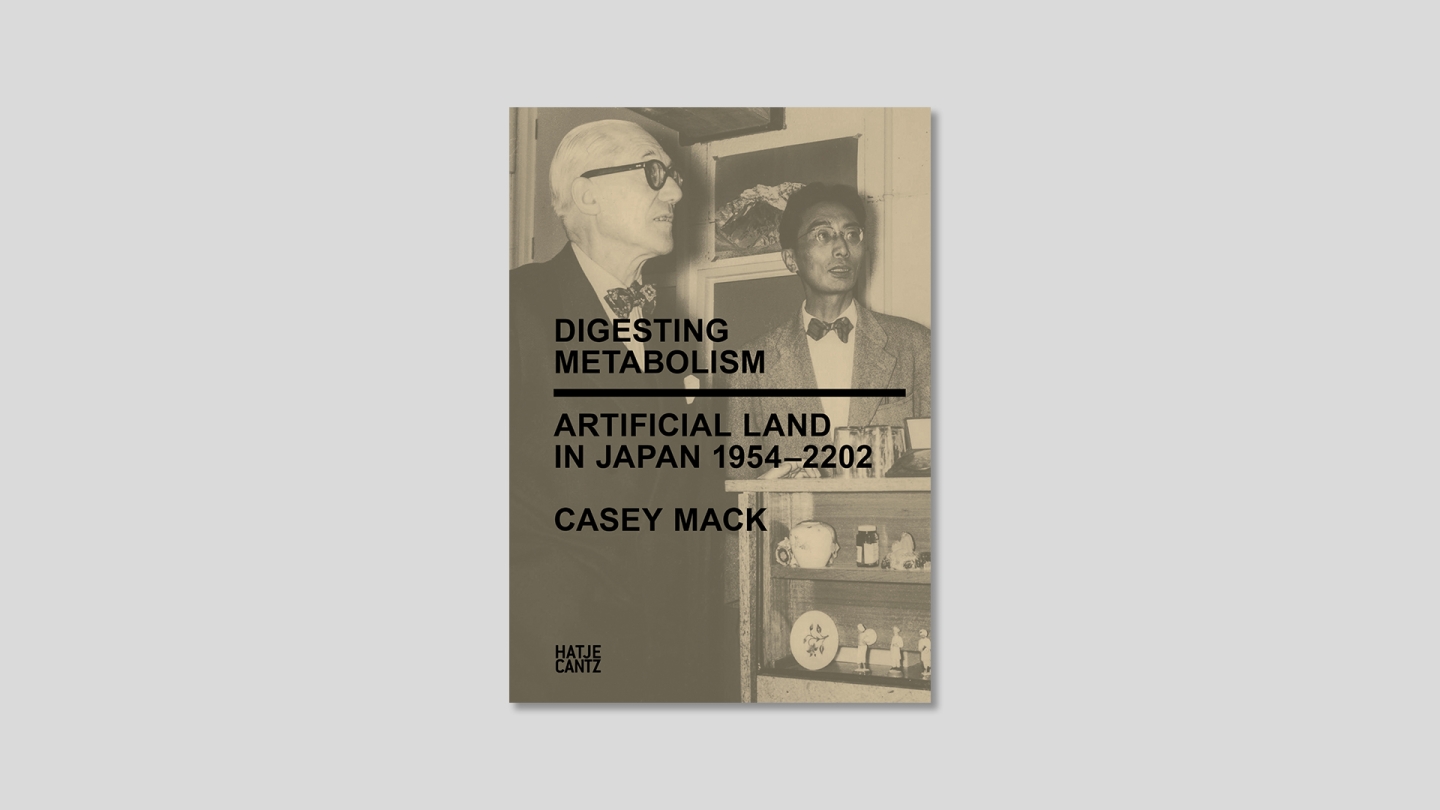
Moving away from the focus on capsule architecture that dominates discussion of the Metabolist architects, the book Digesting Metabolism: Artificial Land in Japan 1954–2202 (Hatje Cantz, 2022) investigates the impact on Japanese housing of Le Corbusier’s idea of “artificial land.” Long buried by the term “megastructure” that it inspired, artificial land joins the individual and collective, envisioning housing as stacked platforms of plots for building freestanding homes of all variety. First introduced to Japan in 1954 by Le Corbusier’s protégé, Takamasa Yosizaka, artificial land is an essential concept for the Metabolists who debuted in Tokyo in 1960. Yet it has had a hold on Japan’s metabolic imagination well beyond the ’60s, promising domestic satisfaction and environmental resilience from the postwar period to today’s government policies. The book will be discussed in terms of influences on its conceptualization and key projects showing artificial land’s diverse interpretations for an infrastructural approach to housing. These projects offer Japanese perspectives on John Habraken’s question “who decides when about what?”
The Berlage Sessions is a thematic seven-part seminar series focusing on scholarly research and critical approaches to the history and theory of architecture and urban design. This spring’s series, entitled “In and Out of Scale,” examines select ideas and projects that reconsider the scalar relationships of the built environment, from radio transmission and television broadcasting to the model and the chair. Organized from the large to small scale, topics will include the remote transmission of information in the Cold War; televangelical spaces—worship sites, churches, hospitals, university campuses—that were either retrofitted to accommodate television or designed explicitly for its technology between the late 1950s and the early 1980s; the various interpretations and misinterpretations of “artificial land” in postwar Japan; how the construction of new garden cities not only scaled up building commissions but also created new local economies; on the staging of miniature landscapes for large-scale photographs; how scale models were used as descriptive instruments in nineteenth-century London; and a consideration of how the Indian planter’s chair affirms past influences while also sensitively converses with the present. Speakers will include Rachel Julia Engler, Jesse Honsa, Casey Mack, Sarita Sundar, Alfredo Thiermann, Matthew Wells, and Edwin Zwakman.
People
Casey Mack is an architect and the founding director of Popular Architecture in Brooklyn, New York, an office combining simplicity and innovation in design work across multiple scales. Mack graduated with a B.A. in Art History from Vassar College and an M.Arch from Columbia, afterwards working with the Office for Metropolitan Architecture in Hong Kong and New York. He is currently a visiting assistant professor at Pratt Institute. His work has been published in OASE, Harvard Design Magazine, the New York Review of Architecture, and in the 16th International Docomomo Conference proceedings. His award-winning book Digesting Metabolism has received the support of the Graham Foundation, the New York State Council on the Arts, and the Takenaka Corporation.